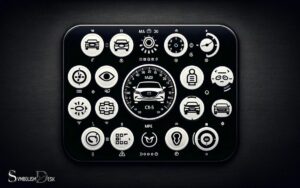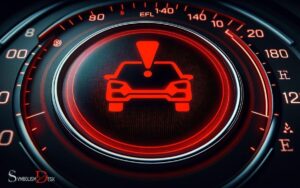Orange Car Symbol on Dashboard: Check Engine!
The orange car symbol on a dashboard typically represents a warning related to the vehicle’s engine or gearbox. It is often known as the “check engine” or “service engine soon” light.
When illuminated, it suggests that the vehicle’s onboard diagnostics system has detected an issue that requires attention. The specific problem can range from a loose gas cap to a more severe engine malfunction.
When the orange car symbol lights up, it’s your car’s way of telling you that something needs to be checked.
Unlike a red warning light, which signals an immediate issue, an orange light suggests that something is not working as it should, and while it may not be urgent, it should not be ignored.
Here are some common reasons why the orange car symbol may light up:
To diagnose the exact cause, a mechanic will typically use a code reader to read the error code from the vehicle’s onboard diagnostics (OBD-II) port.
Ignoring the orange car symbol can lead to larger, more expensive problems down the line, so it’s important to have your vehicle inspected promptly to maintain its health and safety.
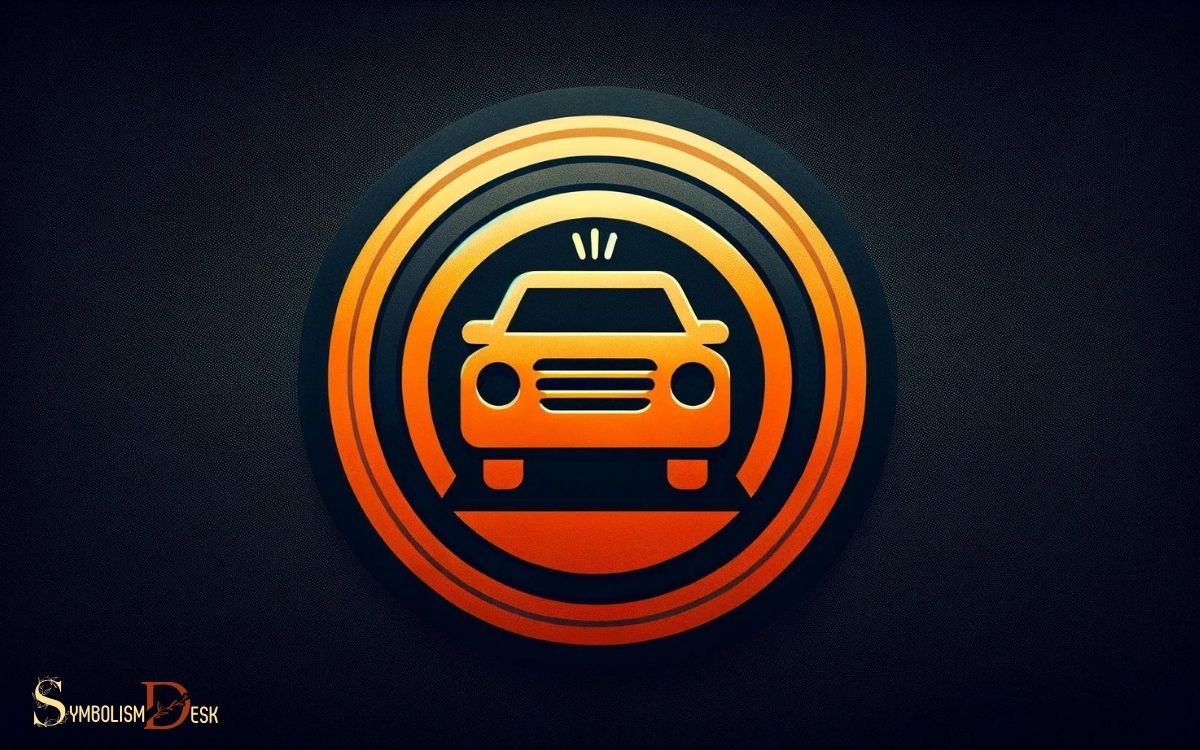
Key Takeaway
Understanding the Orange Car Symbol
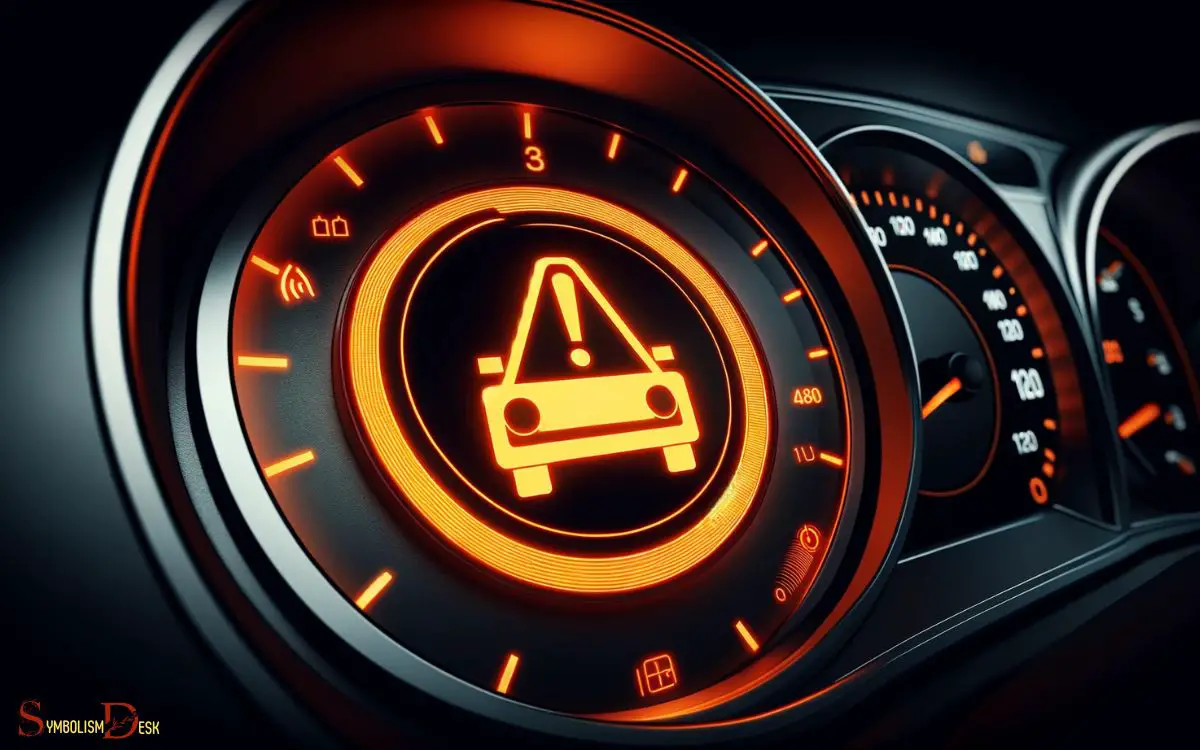
Why is the orange car symbol on the dashboard illuminated? The orange car symbol, also known as the check engine light, indicates a potential issue with the vehicle’s engine, transmission, or emissions system.
When this light comes on, it is important to have the vehicle diagnosed by a qualified mechanic using a diagnostic scanner. The diagnostic trouble code retrieved from the scanner will provide specific information about the problem, allowing for targeted repairs.
Common reasons for the check engine light to illuminate include a loose gas cap, faulty oxygen sensor, or a misfiring engine.
It is crucial not to ignore this warning light, as doing so could lead to more severe and costly damage to the vehicle. Always address the underlying issue promptly to ensure the vehicle operates optimally.
Common Causes of the Orange Car Symbol
The orange car symbol on the dashboard can indicate various issues with the vehicle. Common causes of this warning light include problems with the engine and low fuel levels.
Understanding these common causes can help drivers address the issue promptly and prevent potential damage to the vehicle.
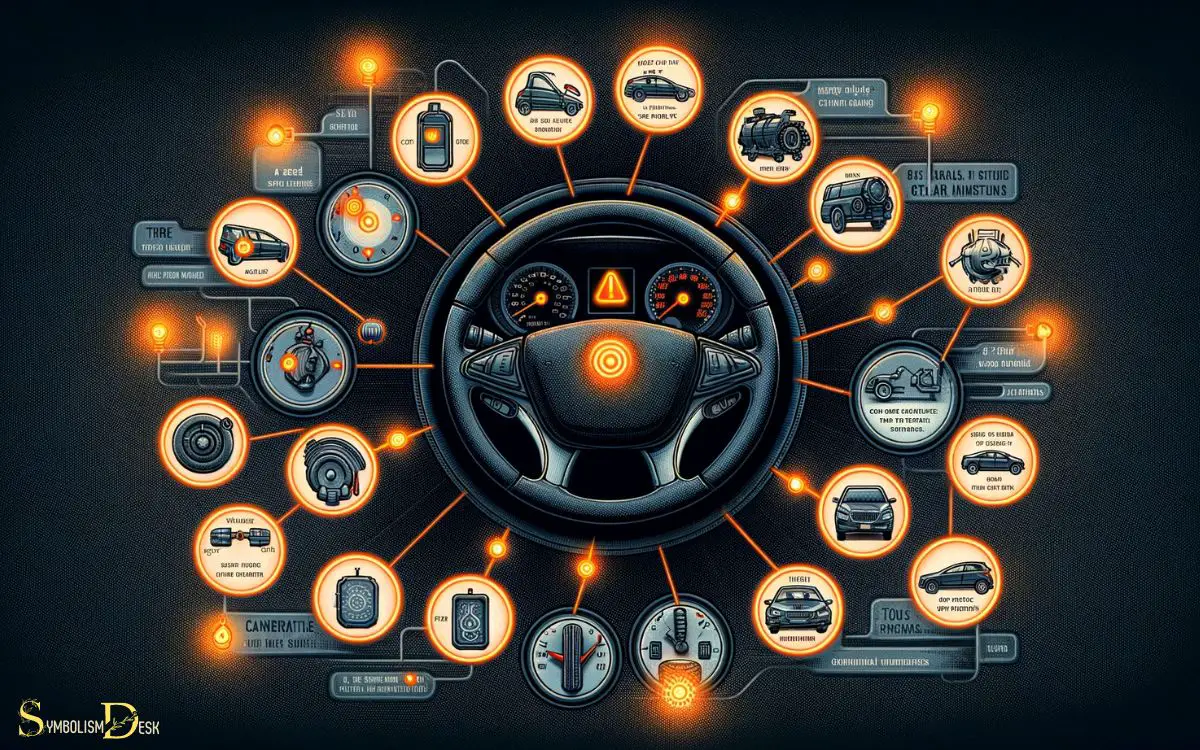
Engine Warning Light
When the orange car symbol appears on the dashboard, it typically indicates an issue with the engine, prompting the engine warning light to illuminate.
Common causes of the orange car symbol and the engine warning light include:
- Faulty oxygen sensor: A malfunctioning oxygen sensor can lead to decreased fuel efficiency and increased emissions.
- Loose or damaged gas cap: A loose or damaged gas cap can trigger the engine warning light and potentially allow fuel vapors to escape.
- Catalytic converter issues: Problems with the catalytic converter, such as a clog or failure, may lead to decreased performance and increased emissions.
- Mass airflow sensor malfunction: A faulty mass airflow sensor can result in poor acceleration and reduced fuel economy.
- Ignition system problems: Issues with the ignition system, such as a misfiring engine, can trigger the engine warning light and require immediate attention.
Low Fuel Warning
Upon triggering the orange car symbol on the dashboard, the low fuel warning may indicate that the vehicle is running on a critically low amount of fuel, necessitating immediate refueling to prevent potential engine damage.
The table below outlines the common causes of the orange car symbol related to the low fuel warning:
| Common Causes | Description |
|---|---|
| Low fuel level | The most common cause, indicating the need for refueling. |
| Faulty fuel gauge | Inaccurate readings leading to the warning light being triggered. |
| Fuel system issues | Problems with the fuel pump, filter, or injectors can trigger the warning. |
| Fuel cap not secured | A loose or missing fuel cap can cause the warning to illuminate. |
Understanding these causes can help drivers address the low fuel warning promptly, ensuring the smooth operation of their vehicles.
Importance of Addressing the Orange Car Symbol
An orange car symbol on the dashboard indicates a potential issue that requires immediate attention. Ignoring this warning can lead to severe damage to the vehicle and compromise safety. The importance of addressing the orange car symbol promptly cannot be overstated.
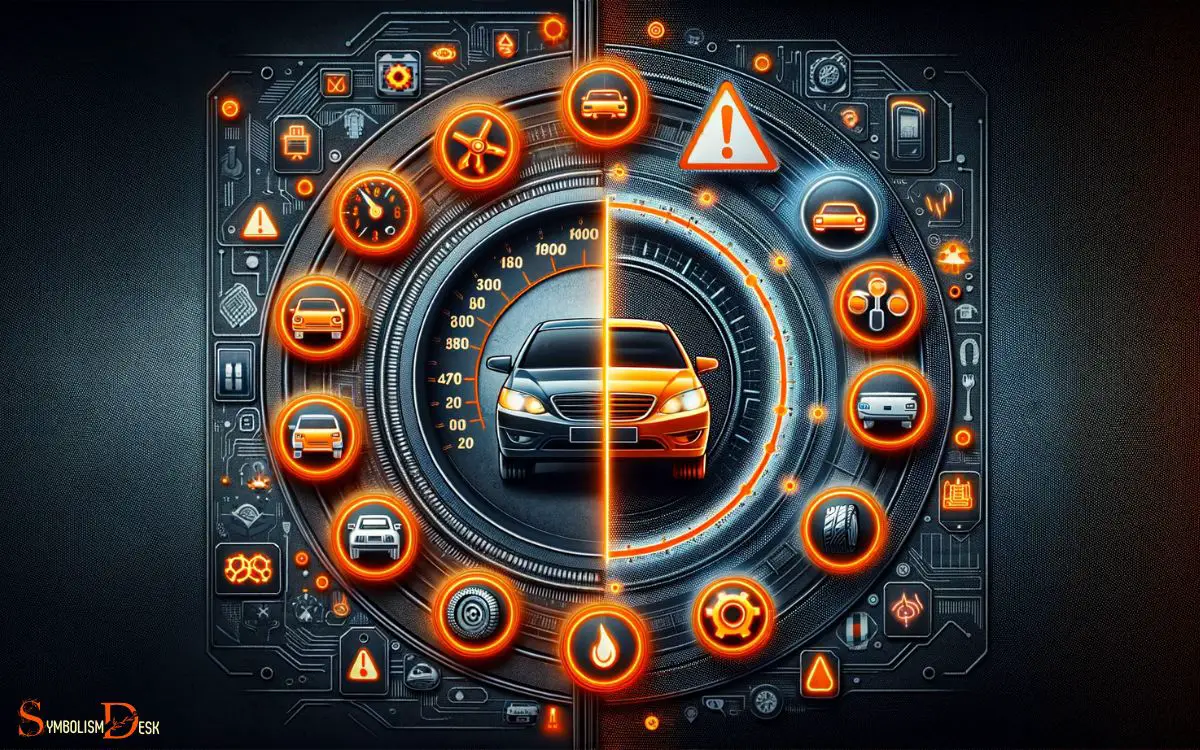
Here’s why:
- Engine Malfunction: It could signal a range of engine issues such as overheating, low oil pressure, or a malfunctioning sensor.
- Brake System Problem: The symbol might indicate a fault in the brake system, jeopardizing the vehicle’s ability to stop effectively.
- Transmission Troubles: It could signify transmission problems, leading to difficulty in shifting gears or potential transmission failure.
- Electrical System: The symbol might point to electrical system malfunctions, which can affect various vehicle functions.
- Emissions Control: It could indicate issues with the emissions control system, potentially causing environmental harm and vehicle performance issues.
Diagnostic Tools for the Orange Car Symbol
When facing the orange car symbol on the dashboard, it is crucial to utilize diagnostic tools to identify the underlying issue. Diagnostic code readers and OBD-II scanner tools are essential for accessing specific trouble codes and pinpointing the source of the problem.
In cases of complexity, seeking professional mechanic assistance can provide comprehensive insight into the orange car symbol’s significance.

Diagnostic Code Reader
The diagnostic code reader is an essential tool for interpreting the orange car symbol on the dashboard.
When using a diagnostic code reader, one can expect to see:
- A handheld device with an LCD screen displaying diagnostic trouble codes
- Connection ports for OBD-II, CAN, and other protocols
- Various buttons for navigation and selection of options
- Compatibility with a wide range of vehicle makes and models
- Capability to reset the orange car symbol after addressing the underlying issue
These devices provide valuable insights into the health of the vehicle, allowing users to pinpoint the specific issue triggering the orange car symbol.
With the information provided by the diagnostic code reader, individuals can take appropriate action to address the vehicle’s maintenance needs.
OBD-II Scanner Tool
Most vehicles are equipped with an OBD-II scanner tool, which is a crucial diagnostic tool for interpreting the orange car symbol on the dashboard.
The OBD-II scanner tool connects to the vehicle’s onboard computer to retrieve diagnostic trouble codes (DTCs) associated with the orange car symbol.
These codes provide specific information about the issue affecting the vehicle, such as engine misfires, transmission problems, or emission system malfunctions.
Upon retrieving the DTCs, the OBD-II scanner tool can provide detailed descriptions of the codes, enabling users to pinpoint the underlying problem.
Furthermore, advanced OBD-II scanner tools can offer real-time data monitoring, readiness status checks, and access to freeze frame data, enhancing the diagnostic capabilities.
Users can then make informed decisions regarding repairs or maintenance based on the information provided by the OBD-II scanner tool.
Professional Mechanic Assistance
Professional mechanics utilize a variety of diagnostic tools to accurately interpret the orange car symbol on the dashboard, providing detailed insights into the vehicle’s issues.
These tools include:
- Scan Tools: These devices plug into the vehicle’s onboard computer system to retrieve trouble codes and vehicle data.
- Multimeter: Used to measure voltage, current, and resistance in electrical circuits, aiding in identifying electrical issues related to the orange car symbol.
- Smoke Machine: By introducing smoke into the car’s evaporative emissions system, mechanics can detect leaks that may trigger the orange symbol.
- Diagnostic Software: This software allows mechanics to access manufacturer-specific data, troubleshoot, and reprogram the vehicle’s computer.
- Pressure Gauges: Used to measure fuel, oil, and air pressure, helping to diagnose problems indicated by the orange car symbol.
Maintenance Tips for the Orange Car Symbol
When an orange car symbol appears on the dashboard, it indicates that something needs attention in the vehicle’s system. It is important to address the underlying issue promptly to prevent further damage or safety hazards.
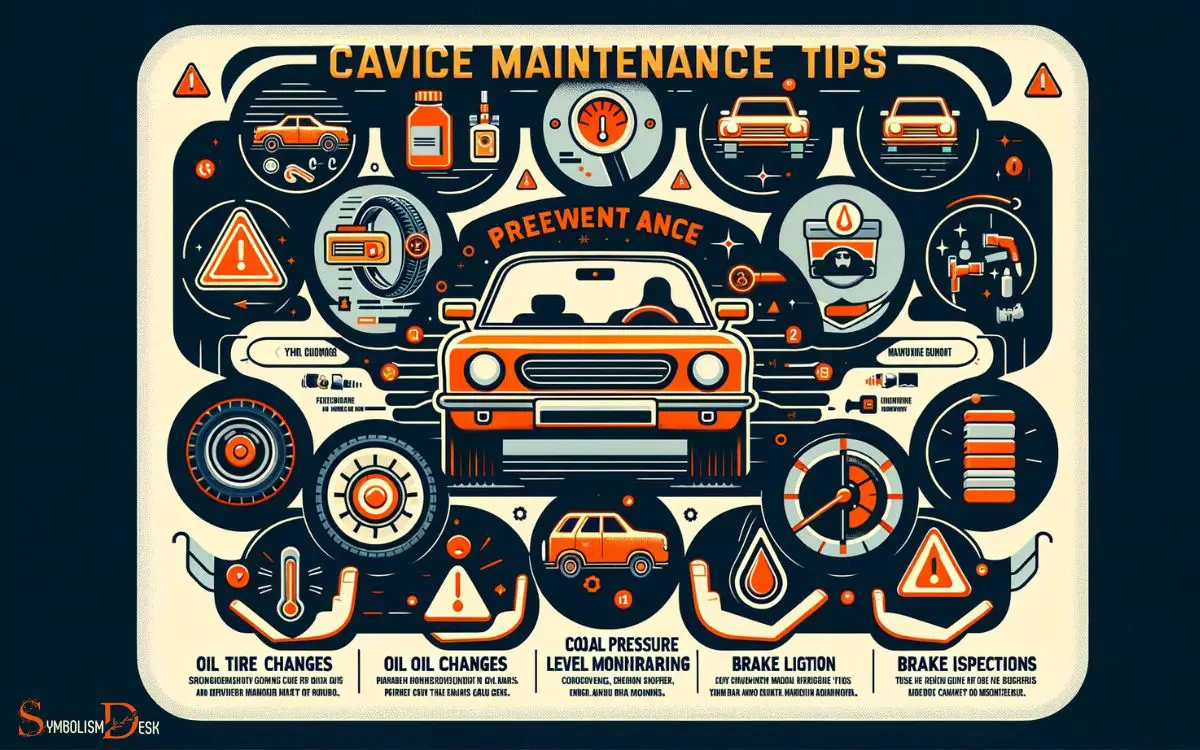
Here are some maintenance tips for common reasons behind the orange car symbol:
| Issue | Maintenance Tips |
|---|---|
| Check Engine | Check the gas cap, inspect the spark plugs, or replace oxygen sensors. |
| Transmission | Check the transmission fluid level and condition. |
| Tire Pressure | Inflate or deflate tires to the recommended pressure levels. |
| Engine Temperature | Check coolant levels, radiator, and thermostat. |
Regular vehicle maintenance and timely attention to the orange car symbol can help ensure the vehicle’s optimal performance and safety. Regular vehicle maintenance and timely attention to the orange car symbol can help ensure the vehicle’s optimal performance and safety. Understanding the orange car key symbol meaning is particularly important, as it often relates to the vehicle’s security or ignition system. Addressing this warning promptly can prevent potential issues and help avoid costly repairs down the line, keeping your car running smoothly and reliably.
Safety Precautions Related to the Orange Car Symbol
Drivers should promptly address any issues indicated by the orange car symbol on the dashboard to ensure the safety and proper functioning of the vehicle.
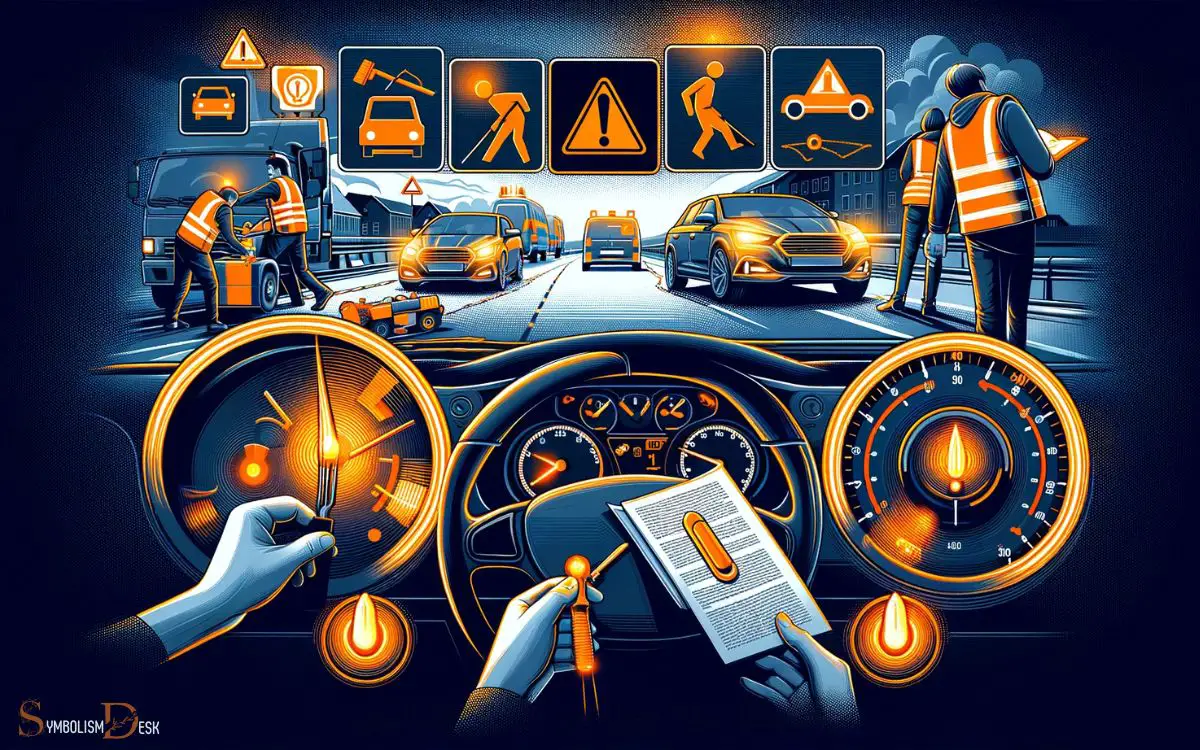
Safety precautions related to the orange car symbol include:
- Checking the engine temperature to prevent overheating and potential damage.
- Verifying the tire pressure to maintain proper traction and avoid blowouts.
- Inspecting the brake system to ensure optimal stopping power and responsiveness.
- Monitoring the transmission fluid levels to prevent potential transmission issues.
- Examining the airbag system to ensure it is fully functional in the event of an accident.
These precautions are essential for maintaining vehicle safety and preventing potential hazards on the road.
Professional Assistance for the Orange Car Symbol
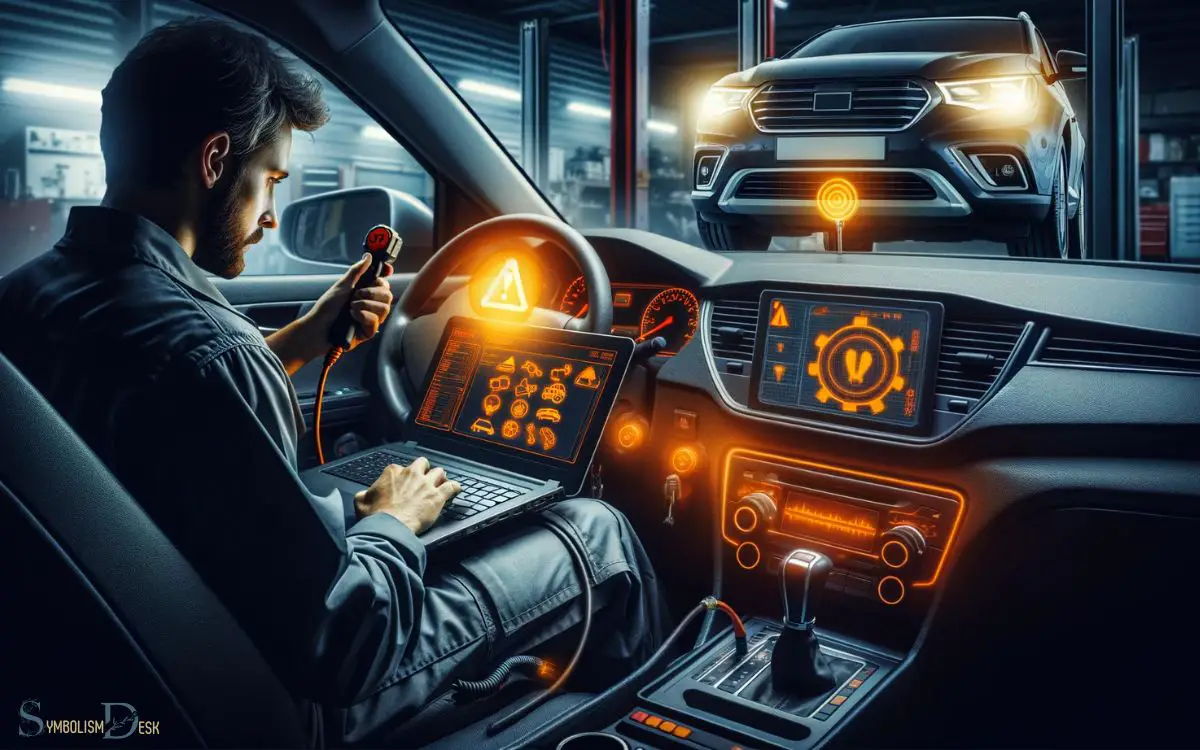
If you encounter the orange car symbol on your dashboard and are unable to resolve the issue independently, it is advisable to seek professional assistance to diagnose and address the underlying problem.
Professional assistance can provide a thorough diagnostic assessment using specialized tools and equipment to pinpoint the exact cause of the warning indicator.
Trained technicians have the expertise to interpret diagnostic trouble codes and perform comprehensive inspections to identify potential issues.
Additionally, professional assistance ensures that any necessary repairs or maintenance are carried out accurately, addressing the root cause of the problem.
By relying on the expertise of automotive professionals, individuals can gain peace of mind knowing that their vehicle is in capable hands, ultimately ensuring the safety and reliability of their car.
Conclusion
The orange car symbol on the dashboard is a critical indicator of potential issues with the vehicle. Ignoring it could lead to costly damage and safety hazards.
As the symbol can represent a range of problems, it is essential to promptly address it with the appropriate diagnostic tools and maintenance.
Failure to do so could result in further complications and potential breakdowns on the road. Don’t let the orange car symbol leave you stranded – take action now.



